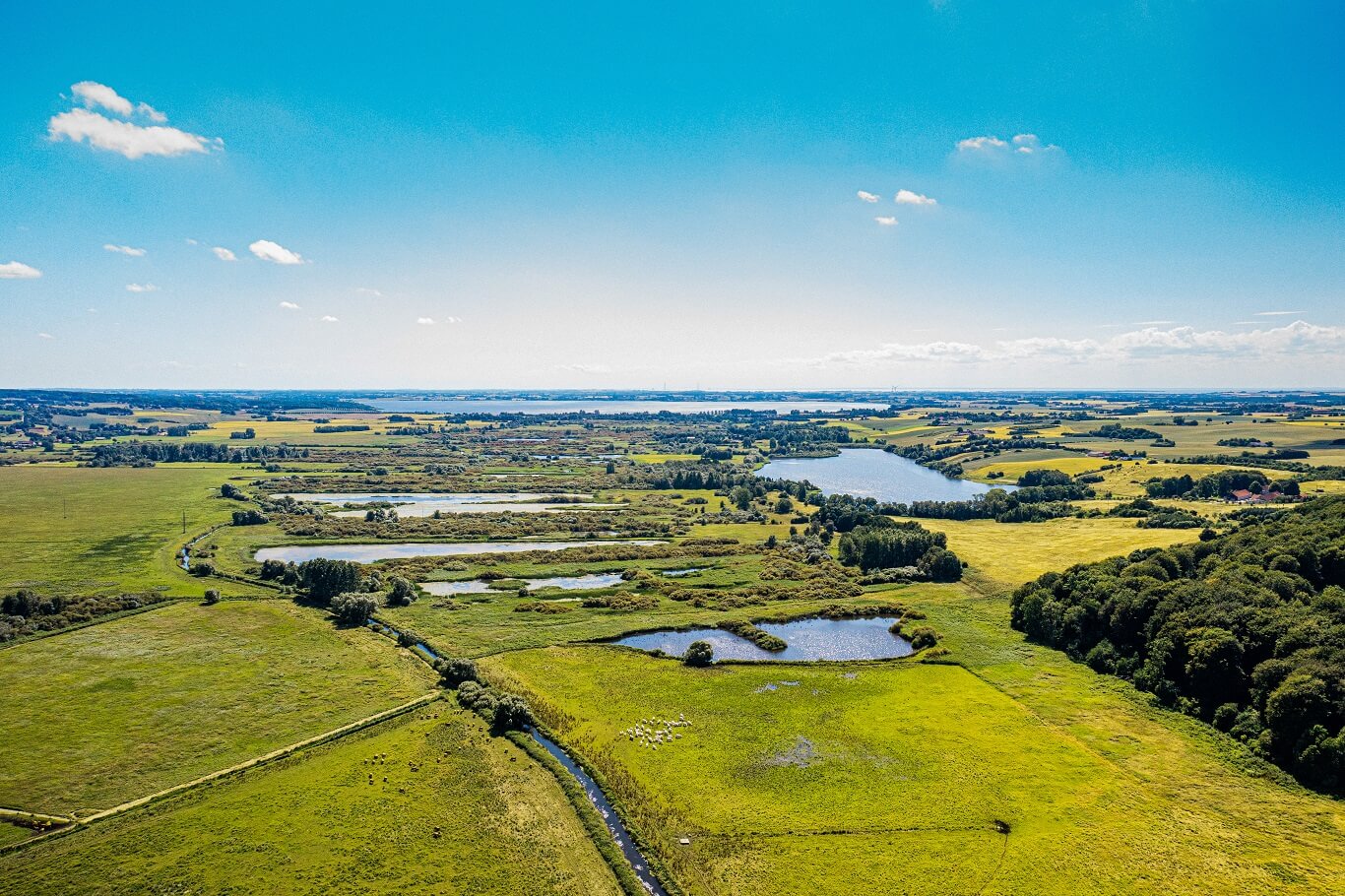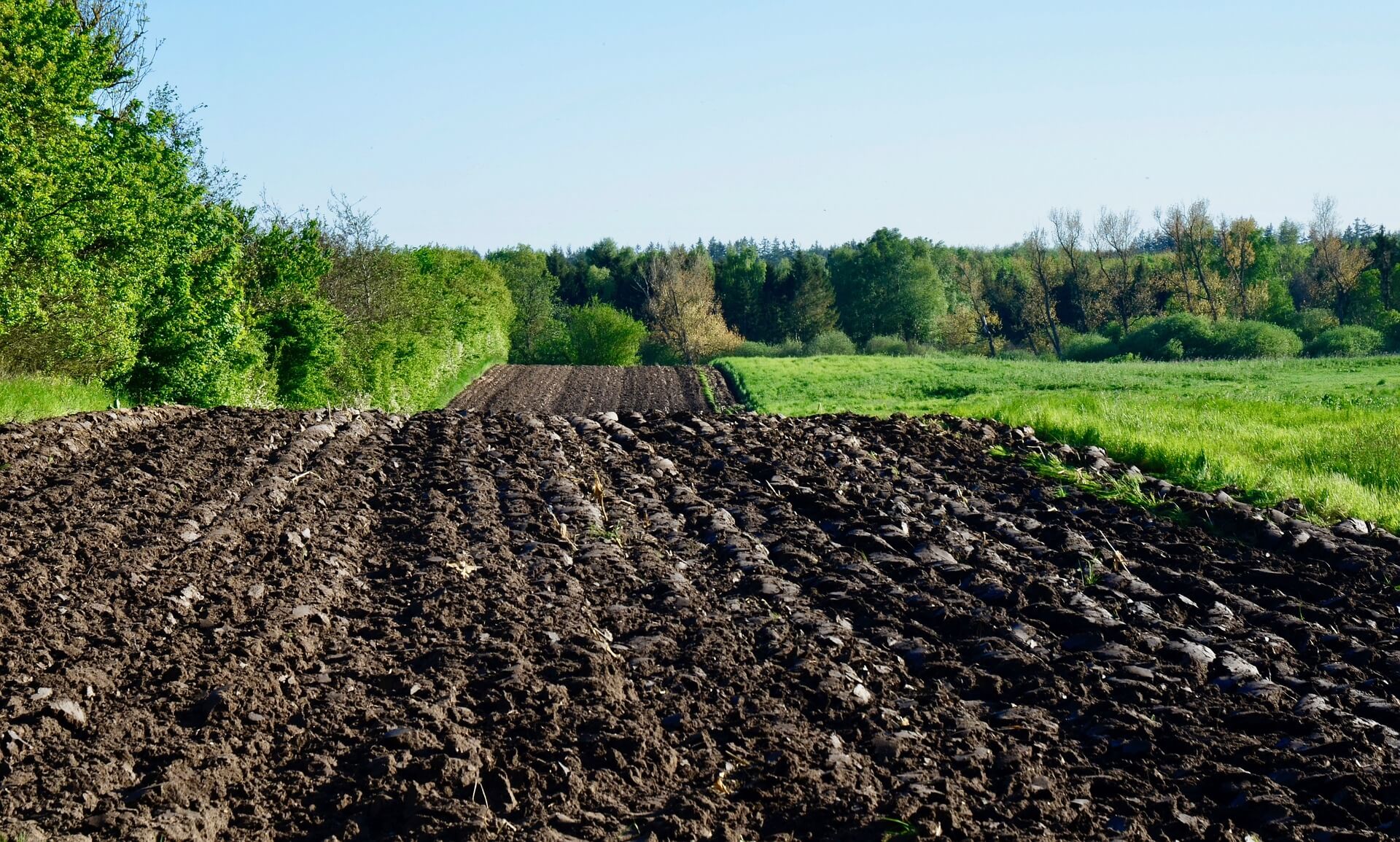Agricultural Soils
Reducing greenhouse gas emissions from agricultural soils is among the most effective ways to reduce emissions, but we lack knowledge on how to do it most effectively. Our research network "Reducing emissions from agricultural soils" works across KU's faculties to identify sustainable solutions to reduce greenhouse gas emissions from agricultural soils.

Agricultural land is the single largest emitter of greenhouse gasses in Denmark.
Emissions from agricultural soils come from two main sources: nitrous oxide from poorly drained but still cultivated and fertilized fields, and CO2 from drained organic wetlands. Changing the use of these soils has significant potential to reduce greenhouse gas emissions. It will be cost-effective and provide other environmental benefits.

Agricultural soils as a green solution
There are several things we need to put in place for solutions regarding emissions from agricultural soils to be effective.
First, we need a detailed overview of the rate of emissions from different combinations of soil and soil management. Such knowledge requires research into both the temporal and spatial variation in emissions, the underlying climatic, biophysical, and biogeochemical processes, the wetness/drainage conditions of soils, and the impact of soil management on emissions.
Another aspect that requires more knowledge is the consequences of rewetting drained lowland soils. What does it mean, for example, for the aquatic environment?
We also need better data and knowledge about the impacts on the aquatic environment and biodiversity to take more effective decisions and target efforts to minimize emissions and negative externalities.
In Denmark, we have very limited knowledge of these conditions. Therefore, we need to develop more precise ways to calculate emissions. But we also need better data and knowledge about the impacts on the aquatic environment and biodiversity to take more effective decisions and target efforts to minimize emissions and negative externalities.
The research network "Reducing emissions from agricultural soils" works across KU's faculties to identify sustainable solutions to reduce greenhouse gas emissions from agricultural soils while controlling negative impacts and optimizing the accompanying benefits of changed soil management.
Researchers in the network
| Martin Rudbeck Jepsen | Department of Geosciences and Natural Resource Management | Faculty of Science |
| Stine Krøijer | Department of Anthropology | Faculty of Social Sciences |
| Bo Fritzbøger | Saxo-Instituttet | Faculty of Humanities |
| Bo Elberling | Department of Geosciences and Natural Resource Management | Faculty of Science |
| Jesper Riis Christiansen | Department of Geosciences and Natural Resource Management | Faculty of Science |
| Søren Jessen | Department of Geosciences and Natural Resource Management | Faculty of Science |
| Hans Chr. Bruun Hansen | Department of Plant and Environmental Sciences | Faculty of Science |
